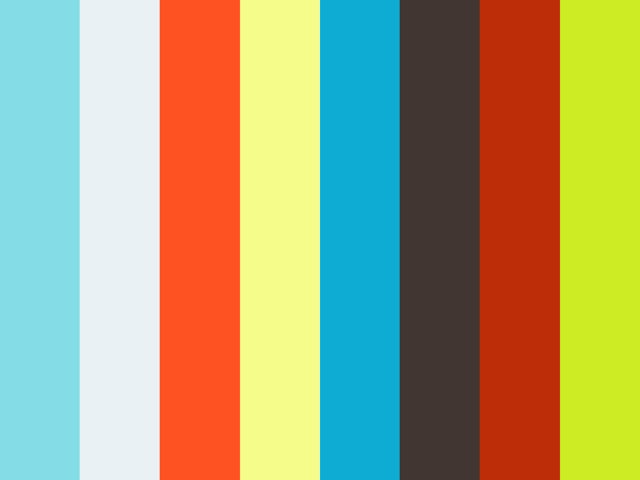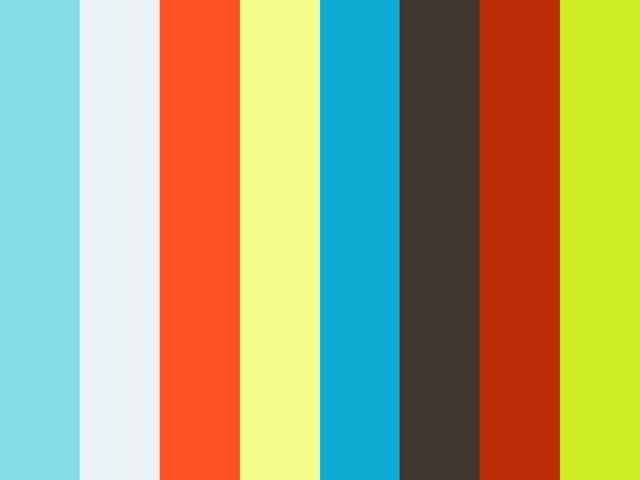Imagining the Future at Sankofa City
/
Sandra Knudsen has provided a translation of this entry for Czech language readers.
A few weeks ago, I shared a conversation which my Civics Paths research group had hosted at USC exploring diversity and science fiction, part of our ongoing exploration of the ways that speculative world building might foster a more robust civic imagination. Our focus on world building comes from many different directions, as science fiction prototyping has become a widespread concept here at USC and beyond. An important early member of our research team was Karl Baumann, who has been going out into the communities around Los Angles and putting some of these ideas about helping people to project alternative futures for themselves into practice.
Karl Baumann has been working with artist/organizer Ben R. Caldwell in Leimert Park the past year to create a speculative community design project called Sankofa City. The project pairs community residents and artists with USC students, to create prototypes and short films about future technologies tied to local culture. Baumann and Caldwell have worked together for the last 5 years as part of the Leimert Phone Company, which they founded along with François Bar and Benjamin Stokes.
This video shares some of the backstory for the Sankofa City project, while their final science fiction film is posted at the end of this article.
Here's how they described their process in a recent academic publication:
The “Sankofa City” project worked with community participants to define their preferable futures, often tied to local African- American cultural norms and social practices. Their imagined futures can present alternatives to dominant techno-cultures, associated with Silicon Valley [9] or “The California Ideology” [10], which is characterized as socially progressive while economically neoliberal, using proprietary techno-systems to replace traditional government services or organized labor.
In contrast, the Leimert Phone Company (LPC) is driven by an ethos of developing public technology for the “commons” [where resources are shared by the community]. In the Commonwealth [11], political philosophers Hardt and Negri argue that urban centers present the most powerful potentials for establishing the “commons” through encounters across different populations, in order to combat the isolation and individualism of neoliberalist socio-economic practices.
The LPC process of design is based on deliberate encounters, or contact zones [8], particularly between outsiders and local residents. As the new subway will connect Leimert Park to the rest of the city, there will inevitably be an influx of outside populations. Rather than be defensive or self-victimizing, our projects seek to create public technologies that facilitate meaningful encounters or direct outsiders to engage with local cultural history and institutions. We have previously created a constellation [12] of designs around contact zones, while developing long-term strategies for capacity building and sustainable growth.
The “Sankofa City” project teamed USC students with local residents, musicians, and artists. All workshops took place at the Kaos Network art center in Leimert Park, with another workshop at the USC film school’s green screen stage to shoot a design fiction video.
The workshops were run as an experimental course, facilitated by Karl Baumann, who is a USC PhD student, and Ben R. Caldwell who owns and operates the art center. Workshops met for twelve weeks, with a final public presentation at the end. The size varied from week to week, peaking at 16 participants in the early weeks. We had 4 regular students, 2 occasional students, 2-9 community participants, and 2-4 organizers. One unexpected participant/organizer was a design graduate student, who is developing public autonomous-shuttles. A wide range of guest speakers were also invited, including urban planners, local historians, an AR designer, a critical race professor, a game designer, a media theorist, and a multimedia designer.
The process included 3 phases, plus a final exhibition:
1.) Brainstorming – high level concepts organized around “what if” hypothetical questions and systematic imagining of the neighborhood. Groups rotated weekly.
2.) Prototyping – groups solidify to create personas and prototypes (wearables and urban objects) engaging the larger systematic concepts.
3.) Design Fictions –designs and personas synthesize into scenarios to create design fiction collages and a video.
4.) Presentation – groups present their collages and videos to a local planning committee of stakeholders.
This process began with a broad set of ideas and then syphoned down to a more focused set of particular designs, personas, and scenario collages/videos. Throughout the process, we intentionally balanced futurist provocations with local history and existing urban forms, as well as systemic approaches with human-centric design perspectives.
I was lucky enough to get a chance to attend one of the workshops and watch this amazing community, featuring participants of diverse racial, ethnic, and generational backgrounds, working together to create personas, imagine worlds, and construct narratives that might represent alternative futures for their community. In the process, you can see friendships form, bonds strengthen, voices emerge, and a shared vision start to solidify, all values we hope to foster through our own civic imagination work.
In the end, the team created its own science fiction video, which has a distinctive afro-futurist spin, that helps to illustrate what one future for their community might look like, if they had access to the shared technological and economic resources to realize their dreams.
Here's the background on the two collaborators who set this amazing project into motion:
Karl Baumann is a designer, filmmaker, and researcher. His current work lies at the intersection of speculative design and community art. Working across cinema, games, and mobile media, his methodology is based on collaborative design and user participation that explores the future of civic engagement, urbanism, and networked technology. Karl holds an M.F.A. in Digital Arts and New Media (DANM) from UC Santa Cruz. He is currently an Annenberg Fellow in the Media Arts + Practice (MAP) Ph. D. program at the University of Southern California. Karl works with the World Building Media Lab (WBML), the Mobile and Environmental Media Lab (MEML), the Media, Activism, and Participatory Politics (MAPP) project, and the Annenberg Innovation Lab (AIL). He is also working with Intel’s Global Production Lab and the Google News Lab’s R&D group.
Ben R. Caldwell is a Los Angeles-based arts educator and independent filmmaker. A native of New Mexico, Caldwell studied filmmaking at UCLA, at the same time as Charles Burnett, Julie Dash and Billy Woodberry, as part of a group of young artists who were to change African American independent filmmaking — a cultural phenomenon sometimes called "The L.A. Rebellion" (also the title of a book on the topic recently published by UC Press). Caldwell’s work has been shown nationally and internationally, most recently at LAMAG and at the Tate Modern. Caldwell taught several years at CalArts and became a major force in CAP (Community Arts Partnership). In 1984, he founded KAOS Network, a community arts center dedicated to providing training on digital arts, media arts and multi-media, at the heart of Leimert Park, historic center of the Los Angeles jazz culture, now hosting a diverse multi-ethnic multimedia arts center. KAOS Network was designed to empower the youth of the community and is the only organization of its kind in South Central Los Angeles where inner-city youth can participate in hands-on courses in video production, animation, web-site development, video teleconferencing, CD ROM production, and use of the Internet. KAOS is also home to WORDshop, Project Blowed, and BANANAS, weekly workshop for musical artists, dancers, singers, and visual artists. Curator George Clark describes Caldwell’s idea of KAOS, “that artists should have the same role in the community as doctors or lawyers, they should be there on the street: you should be able to drop in and see them, interact with them.” Each week hundreds of youth participate in workshops and programs at the center. In addition to these workshops, KAOS Network has videotaped community events and produced documentaries for the state of California. KAOS Network is committed to creating a worldwide community of young people who are dedicated to learning and working in new media technologies.






